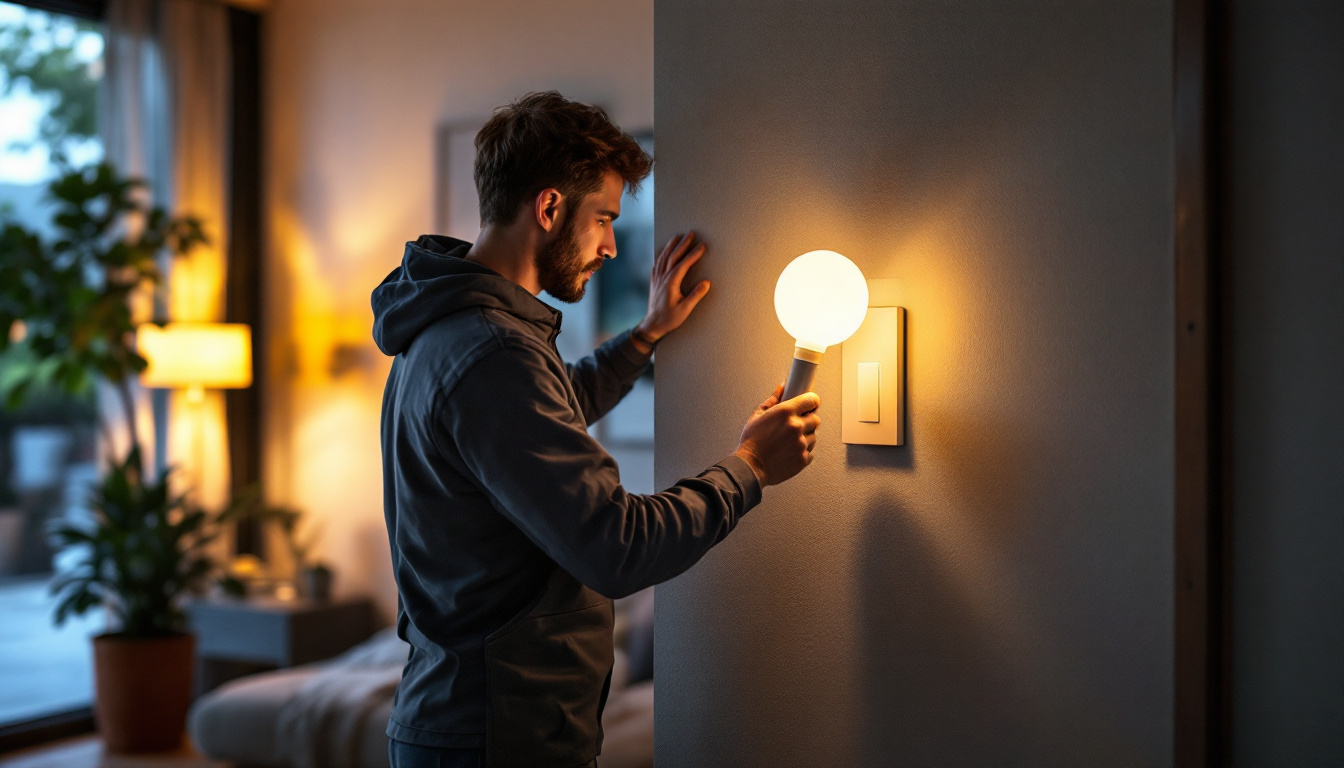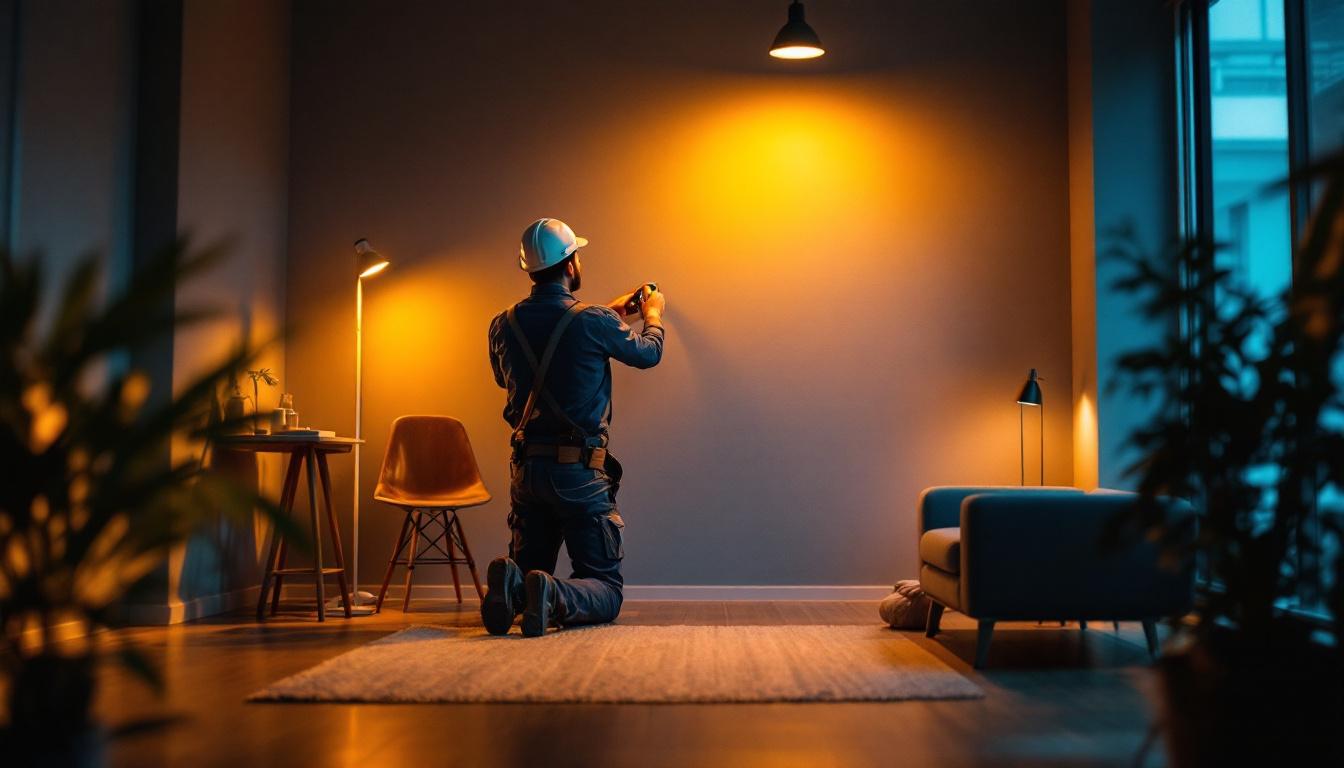
The 0-10V dimming system is a widely adopted method in the lighting industry, particularly favored by lighting contractors for its efficiency and versatility. This technology allows for smooth dimming of LED fixtures and fluorescent lights, providing a seamless transition from full brightness to complete darkness.
At its core, the 0-10V dimming system operates using a low-voltage control signal that ranges from 0 to 10 volts. This control signal adjusts the brightness of the connected lighting fixtures. A signal of 0 volts corresponds to the light being off, while 10 volts indicates maximum brightness. This simple yet effective mechanism has made it a go-to choice for various applications, including commercial buildings, residential spaces, and outdoor lighting.
To fully grasp the functionality of a 0-10V dimming system, it is essential to understand its key components. The primary elements include the dimmer switch, the control wire, and the lighting fixtures themselves. Each component plays a vital role in ensuring the system operates efficiently.
The dimmer switch is the user interface that allows for manual adjustment of the lighting levels. It sends the control signal through the control wire to the fixtures, which respond by changing their brightness accordingly. The fixtures must be compatible with the 0-10V dimming technology to ensure proper functionality. Additionally, the control wire must be appropriately installed to minimize interference and maintain signal integrity, which can significantly impact the overall performance of the dimming system.
There are several advantages to using 0-10V dimming systems that lighting contractors should consider. First and foremost, energy efficiency is a significant benefit. By allowing users to adjust lighting levels based on their needs, these systems can lead to substantial energy savings, which is a crucial selling point for clients.
Additionally, 0-10V dimming systems provide flexibility in lighting design. Contractors can create customizable lighting solutions that enhance the ambiance of a space while meeting specific functional requirements. This adaptability makes it easier to meet client expectations and project specifications. Furthermore, the ability to integrate 0-10V dimming with building automation systems allows for advanced control options, such as scheduling and occupancy sensing, which can further optimize energy use and improve user experience. As smart building technologies continue to evolve, the compatibility of 0-10V dimming systems with these innovations positions them as a future-proof choice for modern lighting applications.
Installing a 0-10V dimming system requires careful planning and execution. Lighting contractors must consider various factors to ensure a successful installation that meets both safety standards and client needs.
One of the primary considerations is the compatibility of the lighting fixtures with the 0-10V dimming system. Not all LED fixtures are designed to work with this technology, so it is crucial to verify compatibility before installation. Additionally, the wiring must be appropriately sized and installed to handle the control signals without interference.
Proper wiring is essential for the effective operation of a 0-10V dimming system. Typically, a 2-wire control system is used, which consists of a positive and a negative wire. The positive wire carries the control signal, while the negative wire serves as a return path. It is important to keep these wires separate from the power wires to avoid interference and ensure reliable performance.
Contractors should also be aware of the maximum number of fixtures that can be connected to a single dimmer. Exceeding this limit can lead to performance issues and potential damage to the system. Therefore, careful planning during the installation phase is crucial. Additionally, it may be beneficial to consider the layout of the fixtures in relation to the dimmer’s location. Ensuring that the wiring runs are as short as possible can help minimize voltage drop and enhance the overall efficiency of the system.
Once the installation is complete, thorough testing is necessary to ensure that the system operates as intended. This includes checking the dimming range, verifying compatibility with all fixtures, and ensuring that there are no flickering or performance issues. Proper commissioning will help identify any potential problems early on, allowing for timely adjustments before the project is handed over to the client.
Lighting contractors should also educate clients on how to use the dimming system effectively. Providing guidance on the benefits of dimming can enhance the overall satisfaction with the installed lighting solution. For instance, explaining how dimming can contribute to energy savings and extend the lifespan of the fixtures can empower clients to utilize the system to its fullest potential. Additionally, offering a brief training session on the operation of the system can further ensure that clients feel confident in managing their new lighting setup, ultimately leading to a more successful and enduring client relationship.
While 0-10V dimming systems offer numerous advantages, they are not without their challenges. Lighting contractors may encounter various issues during installation and operation. Understanding these challenges and having solutions at hand can streamline the process and improve overall project outcomes.
One of the most common issues faced with 0-10V dimming systems is flickering lights. This can be caused by several factors, including incompatible fixtures, poor wiring connections, or insufficient power supply. To resolve flickering, contractors should first ensure that all fixtures are compatible with the dimming technology. Next, checking the wiring connections for any loose or damaged components is essential.
If flickering persists, it may be necessary to evaluate the power supply and ensure it meets the requirements for the entire system. In some cases, upgrading the power supply or using a different dimmer may be the best solution. Additionally, it can be beneficial to consider the quality of the components used in the installation. high-quality drivers and fixtures typically exhibit better performance and reliability, reducing the likelihood of flickering issues. Contractors should also educate their clients about the importance of using compatible components to prevent future headaches.
Another challenge that may arise is a limited dimming range. This issue typically occurs when the fixtures do not respond adequately to the control signal, resulting in a narrow range of brightness adjustment. To address this, contractors should verify that the fixtures are designed for 0-10V dimming and check for any compatibility issues.
In some instances, adjusting the dimmer settings or replacing the dimmer with a more suitable model can help achieve a more extensive dimming range. Providing clients with information on the capabilities of their lighting system can also help manage expectations. Furthermore, it is crucial to consider the overall design of the lighting layout. Proper placement of fixtures and the use of appropriate dimming controls can significantly enhance the dimming experience, allowing for a more versatile and adaptable lighting environment. By taking these factors into account, contractors can ensure that their installations not only meet technical specifications but also align with the aesthetic and functional needs of the space.
To maximize the benefits of 0-10V dimming systems, lighting contractors should adhere to best practices during installation and operation. These practices not only enhance system performance but also improve client satisfaction.
Proper documentation and labeling of the system components are essential. Contractors should maintain clear records of the installation process, including wiring diagrams and fixture specifications. This documentation can be invaluable for troubleshooting and future maintenance.
Labeling all wiring and components clearly will help anyone working on the system in the future, ensuring that they can quickly identify connections and make necessary adjustments without confusion. Furthermore, creating a comprehensive manual that outlines the specifications and operational guidelines can serve as a useful reference for both current and future technicians. This practice not only streamlines maintenance but also enhances the overall reliability of the lighting system, reducing downtime and ensuring consistent performance.
Educating clients about the advantages and operation of their 0-10V dimming system is crucial. Providing a thorough walkthrough of the system, including how to adjust settings and troubleshoot common issues, empowers clients to make the most of their lighting solution. This proactive approach can lead to increased satisfaction and potentially more referrals for contractors.
Additionally, offering ongoing support and maintenance options can help build long-term relationships with clients, ensuring they feel confident in their lighting systems. Hosting workshops or informational sessions can further enhance client understanding, allowing them to explore advanced features and energy-saving techniques. By fostering an environment of open communication and support, contractors can not only improve client loyalty but also position themselves as trusted experts in the field, paving the way for future projects and collaborations.
The 0-10V dimming system is a powerful tool for lighting contractors, providing flexibility, energy savings, and enhanced control over lighting environments. By understanding the technology, installation considerations, and common challenges, contractors can deliver high-quality solutions that meet client needs.
Incorporating best practices into the installation process and maintaining clear communication with clients will further enhance the effectiveness of these systems. As the demand for energy-efficient and customizable lighting solutions continues to grow, the 0-10V dimming system will remain a valuable asset in the contractor’s toolkit.
Ready to elevate your lighting projects with the best 0-10V dimmers on the market? Look no further than LumenWholesale, where we provide lighting contractors with superior, spec-grade lighting products at unbeatable wholesale prices. Say goodbye to local distributor markups and hello to our extensive selection that meets the highest industry standards. With LumenWholesale, you can trust that you’re getting reliable, high-performance lighting for every project. Plus, with free shipping on bulk orders, you can enjoy premium lighting at the best value — without hidden fees or compromises. Don’t miss out on the perfect blend of quality, affordability, and convenience. Wholesale Lighting at the Best Value is just a click away!

Discover how Linear Light technology is revolutionizing the lighting industry, offering contractors innovative solutions for efficiency, design flexibility, and sustainability.

Discover the top sources and insider tips for purchasing LED lights as a smart lighting contractor.

Explore the significance of directional can lighting for contractors, uncovering its benefits in enhancing ambiance, energy efficiency, and design versatility.

Discover why the best overall rated solar light is a game-changer for lighting contractors.